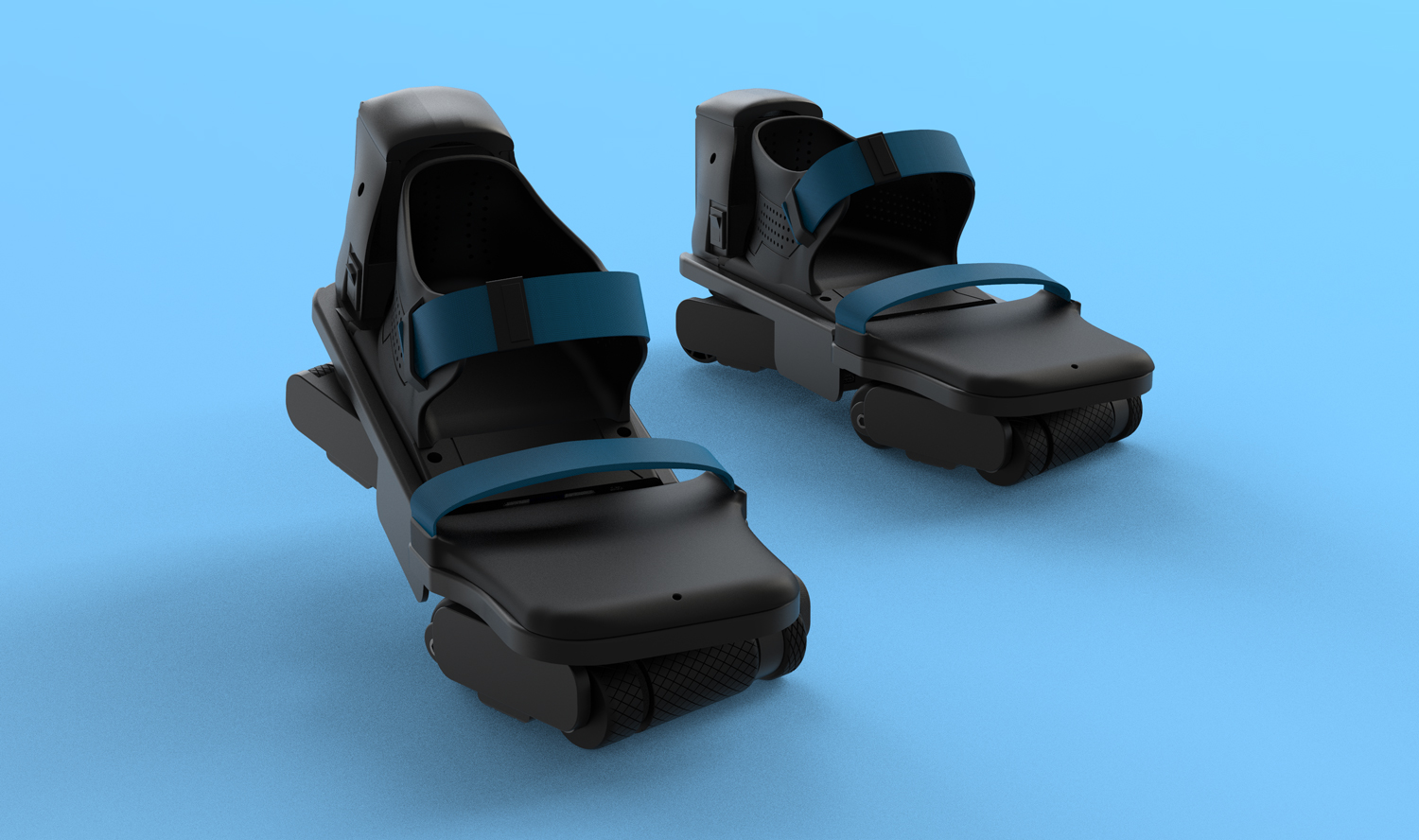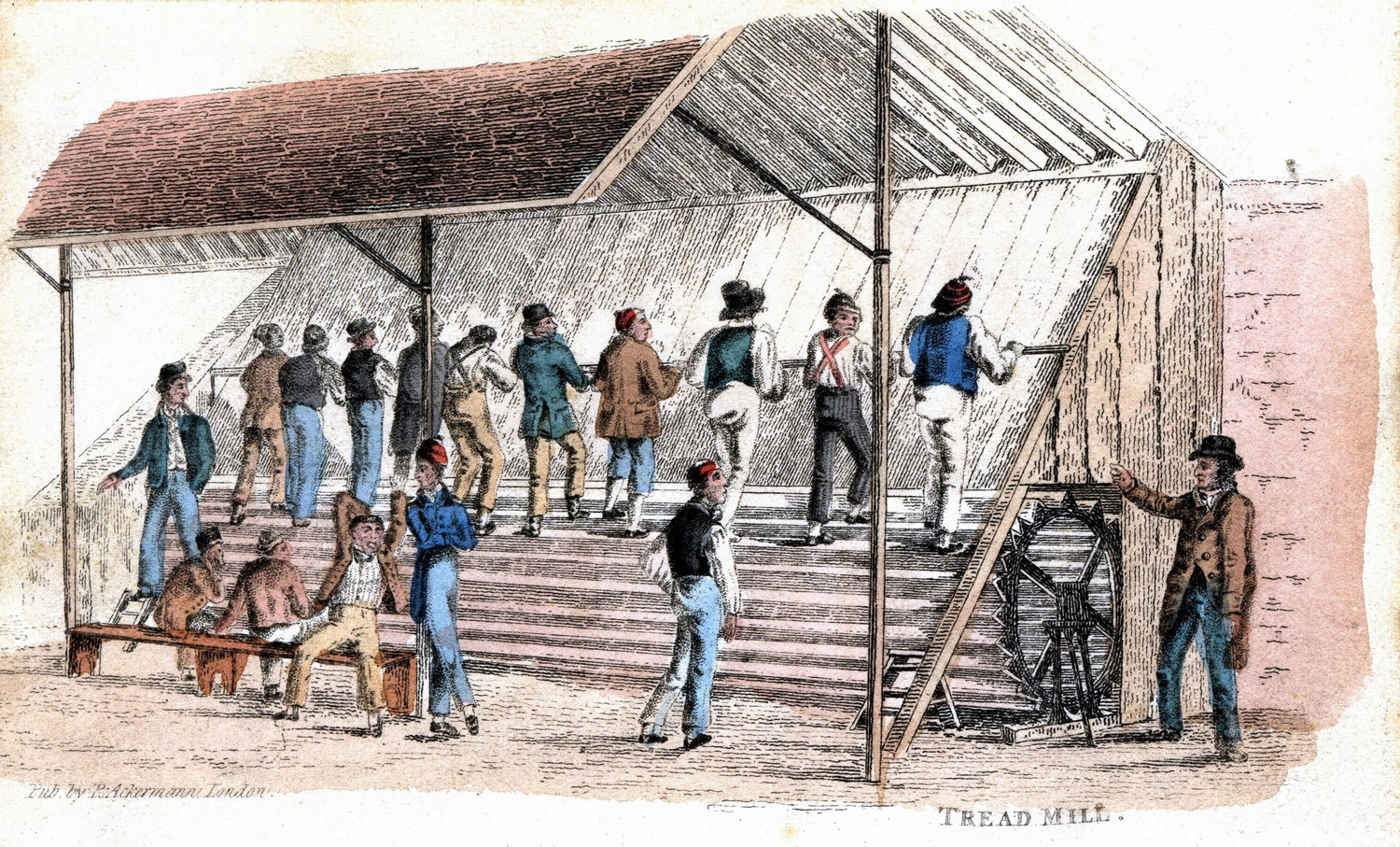Virtual Reality Gets Easier
A shoe with wheels lets virtual reality fans explore new worlds without bumping into walls.

© Freeaim Technologies Ltd
The Freeaim VR Shoe
In virtual reality (VR), gamers can go just about anywhere without leaving their homes. All they have to do is put on a headset. But how do you avoid bumping into real walls and furniture while moving through spacious virtual worlds? A company called Freeaim claims to have solved this problem with a specially designed shoe.
Each Freeaim VR Shoe has a set of wheels, which makes them sort of like roller skates. But wearing regular roller skates while wearing a headset could lead to accidents. By contrast, the wheels on the VR Shoes move in all directions. When the wearer takes a step forward with one leg, the shoe on the back leg moves that leg back, keeping the wearer from actually moving forward. The effect is similar to walking on a treadmill. A user can walk for miles anywhere in a virtual world without worrying about bumping into anything in the real world.
© Freeaim Technologies Ltd
Here’s a look at the new shoes in action.
VR Shoes allow wearers to turn in any direction and walk a couple of steps to the left or to the right. Freeaim is working on making it possible for users to take as many sidesteps as they want and even walk backward.
The shoes are available only to certain companies, and they cost about $5,000. But that’s set to change. Freeaim is working on a version that it will sell to the public. That product will still cost about $1,000.

